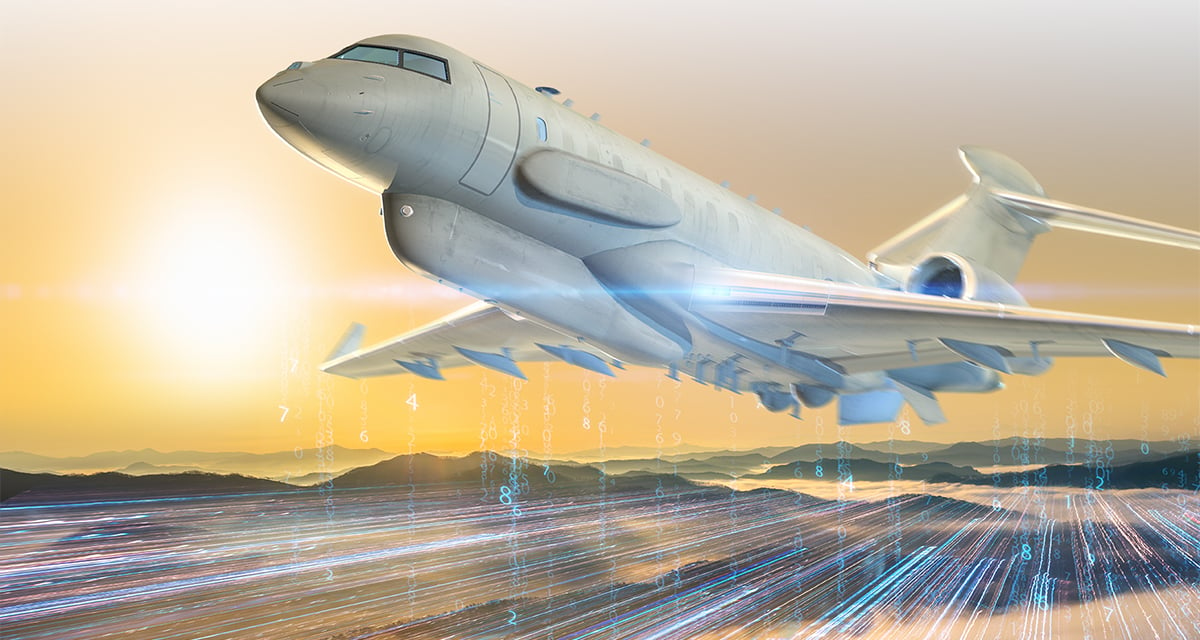
The Intelligence, Surveillance, Target Acquisition and Reconnaissance system, an aircraft that collects, analyzes and delivers near real-time intelligence and a highly accurate common operating picture, will help commanders make better-informed decisions
In a modern military conflict, the amount of information flying around can be overwhelming. Signals sail in from everywhere. Some of it is intelligence. Some of it is noise. It comes from friends and from foes. And it creates chaos.
Raytheon Intelligence & Space, a Raytheon Technologies business, can help armed forces in the air and on the ground make sense of this increasingly crowded, complex and converged battlespace.
The company is proposing an aircraft called the Intelligence, Surveillance, Target Acquisition and Reconnaissance system, or ISTAR. It would collect, analyze and deliver near real-time intelligence and a highly accurate common operating picture to help commanders make the right decisions.
“Our advanced multi-intelligence aircraft will sense, process and transmit copious amounts of information rapidly and at long range in highly contested environments,” said Barbara Borgonovi, vice president of Intelligence, Surveillance and Reconnaissance Systems for RI&S.
The ISTAR would use multiple intelligence, or Multi-INT, technology, in keeping with the demands of modern military technology. Multi-INT weaves in critical intelligence inputs from multiple sensors across the spectrum such as visuals, radio frequencies and electronic communications, among other signals, and it paints a clearer, multi-faceted picture of the adversary’s movements and changes in the battlespace.
“When the threat environment was a bit simpler, forces could really rely on one major sensor for their intelligence needs and capabilities,” said Richard Sandifer, Korea ISTAR capture executive at RI&S. “A single, great radar was the only thing needed to understand what the enemy was doing. But it is not possible to get the total intelligence picture from just one radar anymore.”
RI&S is partnering with aircraft maker Bombardier to modify its Global 6500 business jet. The airframe would be outfitted with multiple capabilities, including an advanced active electronically scanned array RF system, which combines ground moving target indicator capabilities with synthetic aperture modes; multi-spectral long range imagery, which provides visible and infrared intelligence and targeting information; and signals intelligence – an entire suite to deliver the precision and intelligence for making decisions and maintain the advantage of strategic surprise to spot and combat threats first.
In comparison to existing reconnaissance aircraft, RI&S’ ISTAR would fly longer, at higher altitudes and with more electrical power, enabling the plane to carry more capabilities.
“The increased power payload will help increase the sensing capability, as well as the capability for onboard processing and the entire platform,” said Sandifer. The asset is large enough to scale, offering flexibility to the customer to add capabilities over time.
In particular, the system can employ advanced intelligence, surveillance and reconnaissance capabilities to help ward off adversaries posturing from a distance and denying access to threats.
“Anti-access/Area Denial is everywhere,” said Jason Colosky, ISRS business development executive, using a military term for suppressing an adversary’s movement. “So you have to have an asset that has the time and duration to be in the air long enough to provide intelligence to commanders before deciding to queue firepower against the adversary. ISTAR has those capabilities, enabling the operators to see deep into a non-permissive environment.”
The ISTAR system would offer a fully integrated battlefield management command-and-control processing capability, enabling service members at every operational level to strategically plan and cohesively execute missions in lockstep with their allies.
Additionally, the ISTAR fleet could help enforce maritime embargoes, monitor natural disasters, direct humanitarian aid, ensure border security and bolster missile defense.
“We have a heritage of providing reliable ISTAR capabilities that have been proven in contested theaters in support of allied operations by deploying the first international ISTAR-type aircraft in the United Kingdom,” said Sandifer. “That operational experience and lessons learned are being applied to our latest smart ISR aircraft enabling operators to make accurate and fast decisions in the congested battlespace when it matters the most.”
Learn more about Raytheon Intelligence & Space’s Multi-INT technology.





















